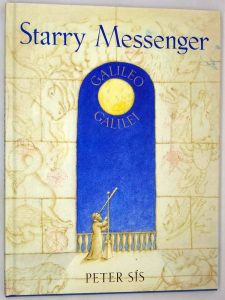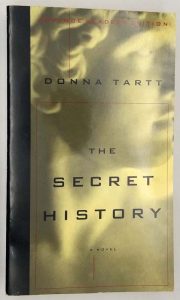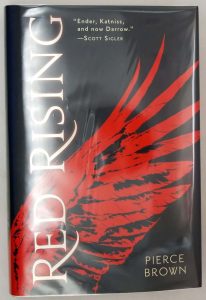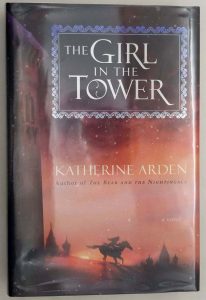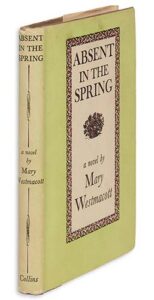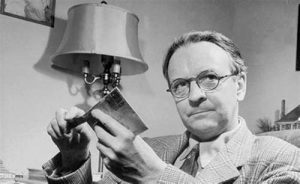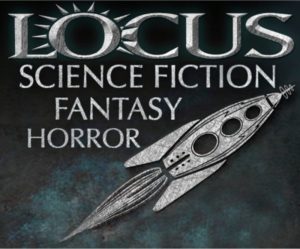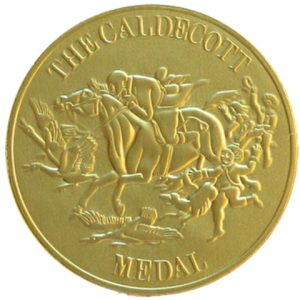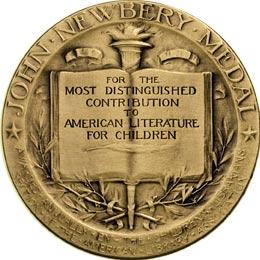F. Scott Fitzgerald: The Poet of the Jazz Age
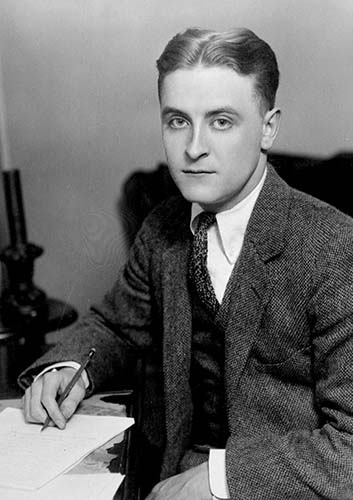
Early Life and Literary Beginnings
Francis Scott Key Fitzgerald was born on September 24, 1896, in St. Paul, Minnesota, into an upper-middle-class Catholic family. Named after his famous distant relative, Francis Scott Key (author of “The Star-Spangled Banner”), Fitzgerald grew up acutely aware of social status—a theme that would dominate his writing. His father, Edward Fitzgerald, was a failed businessman, while his mother, Mary “Mollie” McQuillan, came from a wealthy Irish-American family. This tension between old money and financial instability shaped Fitzgerald’s worldview.
A bright but undisciplined student, he attended the Newman School, a prestigious Catholic prep academy, before enrolling at Princeton University in 1913. There, he devoted more time to writing for the Princeton Tiger and the Nassau Literary Magazine than to his studies. He dropped out in 1917 to join the Army during World War I, though the war ended before he saw combat. Stationed in Alabama, he met Zelda Sayre, a beautiful, wild-spirited Southern belle who became the love of his life—and his greatest muse.
Early Success and This Side of Paradise
Determined to win Zelda’s hand, Fitzgerald revised his rejected novel The Romantic Egotist into This Side of Paradise (1920). Its publication at age 23 made him an overnight sensation, capturing the disillusionment and exuberance of post-WWI youth. The novel’s success convinced Zelda to marry him, and the two became the golden couple of the Roaring Twenties—living lavishly, drinking excessively, and embodying the excesses of the Jazz Age.
Fitzgerald followed up with The Beautiful and Damned (1922), a semi-autobiographical tale of a glamorous couple’s self-destruction, and Tales of the Jazz Age (1922), a short story collection that cemented his reputation as the voice of his generation. His commercial success funded a lifestyle of parties, travel, and extravagance, but it also masked his growing alcoholism and financial instability.
The Great Gatsby and the Height of His Craft
In 1924, seeking cheaper living and artistic focus, the Fitzgeralds moved to France, where he wrote The Great Gatsby (1925). A tightly constructed, lyrical novel about wealth, love, and the American Dream, it followed Jay Gatsby, a self-made millionaire obsessed with recapturing the past. Though now considered one of the greatest American novels, it was only a moderate success at the time.
Fitzgerald’s prose in Gatsby reached new heights—precise, poetic, and layered with symbolism. The novel’s famous closing lines (“So we beat on, boats against the current, borne back ceaselessly into the past”) encapsulated his themes of longing and inevitable loss. Yet, despite critical acclaim, the book’s sales disappointed him, and his life began spiraling.
Zelda’s Breakdown and Fitzgerald’s Decline
The late 1920s and 1930s brought personal and professional crises. Zelda, a talented writer and artist in her own right, struggled with mental illness, suffering her first major breakdown in 1930. Diagnosed with schizophrenia, she was frequently hospitalized, leaving Fitzgerald emotionally and financially drained.
His next novel, Tender Is the Night (1934), drew from their turbulent marriage, telling the story of psychiatrist Dick Diver and his unstable wife, Nicole. Though beautifully written, its fragmented structure and bleak tone confused readers. Critics dismissed it, and the book sold poorly, deepening Fitzgerald’s despair.
By the mid-1930s, his alcoholism was debilitating, his finances in ruins, and his reputation fading. He moved to Hollywood in 1937 as a screenwriter to pay off debts, but his undisciplined drinking and declining health made steady work impossible.
Final Years and Posthumous Recognition
In 1939, Fitzgerald began The Last Tycoon, a novel about Hollywood power struggles, which he hoped would revive his career. But on December 21, 1940, at just 44, he died of a heart attack, leaving the book unfinished. Obituaries were unkind, many declaring him a relic of a bygone era.
Zelda perished eight years later in a hospital fire. Their only child, Frances “Scottie” Fitzgerald, later worked to preserve her father’s legacy.
Revival and Lasting Influence
In the 1950s, critics rediscovered Fitzgerald, recognizing The Great Gatsby as a masterpiece. Today, he is celebrated as one of America’s greatest stylists, his prose influencing writers from J.D. Salinger to Joan Didion.
As he once wrote:
“There are no second acts in American lives.”
Yet Fitzgerald’s own story had a second act—one of posthumous glory, ensuring his place in literary immortality.
F. Scott Fitzgerald – First Editions Identification Guide
| Year | Title | Publisher | First edition/printing identification points |
|---|---|---|---|
| 1920 | This Side of Paradise | New York: Scribners, 1920 | Dark green cloth. "Published April, 1920" with the Scribner's Seal and no statements of reprintings. Dust Jacket front flap has blurb for This Side of Paradise; back flap has ad for Scribner's Magazine. Rear panel has list of sixteen titles, starting with "Blacksheep!" and ending with "Hiker Joy". |
| 1920 | Flappers and Philosophers | New York: Scribners, 1920 | Dark green cloth. "Published September 1920" with the Scribner's Seal and no statements of reprinting. Dust Jacket front flap lacks critical review, no statement of printing. Dust Jacket spine lettered in black, back has ads, fourteen titles beginning with "Erskine Dale - Pioneer" and ending with "On a Passing Frontier". Front flap has Flappers and Philosophers blurb; rear flap has This Side of Paradise blurb. |
| 1922 | The Beautiful and Damned | New York: Scribners, 1922 | Dark green cloth. "Published March, 1922" on the © page and no statements of reprintings. Dust Jacket front flap has blurbs for 5th printing of Flappers & Philosophers and twelfth printing of This Side of Paradise; back flap has ten Scribners title. Back panel has signed photo of Fitzgerald with blurbs. |
| 1922 | Tales of the Jazz Age | New York: Scribners, 1922 | Dark green cloth. "Published September, 1922" with the Scribner's Seal and no statements of reprintings. Dust Jacket front flap has blurb for the Beautiful and Damned; back flap has blurbs for fifth printing of Flappers & Philosophers and thirteenth printing of This Side of Paradise. Back panel has excerpts from Fitzgerald's annotated contents. |
| 1925 | The Great Gatsby | New York: Scribners, 1925 | Dark green cloth. Title page date 1925, © page has 1925, Charles Scribner's Sons seal and no subsequent printing statements. Dust Jacket price of $2.00, back panel has lowercase "j" in "jay Gasby", hand corrected in ink to "J" in most copies. |
| 1926 | All the Sad Young Men | New York: Scribners, 1926 | Dark green cloth. Three printings, priority as listed:
|
| 1934 | Tender Is the Night | New York: Scribners, 1934 | Dark green cloth. © page has 1934 date with "A" and Charles Scribner's Sons seal. Dust Jacket front flap has blurbs by T. S Eliot, H. L. Mencken and Paul Rosenfeld; back flap list books by Fitzgerald. Back panel has profile of Fitzgerald and blurbs for Tender is the Night. Later jacket has blurbs by Padraic Column, Gilbert Seldes and Marjorie Kinnan Rawlings on front flap. |
| 1935 | Taps at Reveille | New York: Scribners, 1935 | Dark green cloth. © page has 1935 date with "A" and Charles Scribner's Sons seal. Two issues, priority as listed:
|
| 1941 | The Last Tycoon | New York: Scribners, 1941 | Dark blue cloth. © page has last date of 1941 with "A" and Charles Scribner's Sons seal. Dust Jacket price of $2.75; front flap has blurb for The Last Tycoon; back flap has notes on Fitzgerald. Rear panel has photo of Fitzgerald by Eareackson. |
F. Scott Fitzgerald – First Printing Dust Jackets Identification Guide
Gallery of First state Dust Jackets.
Reference:
- Matthew J. Bruccoli: F. Scott Fitzgerald, A Descriptive Bibliography.
